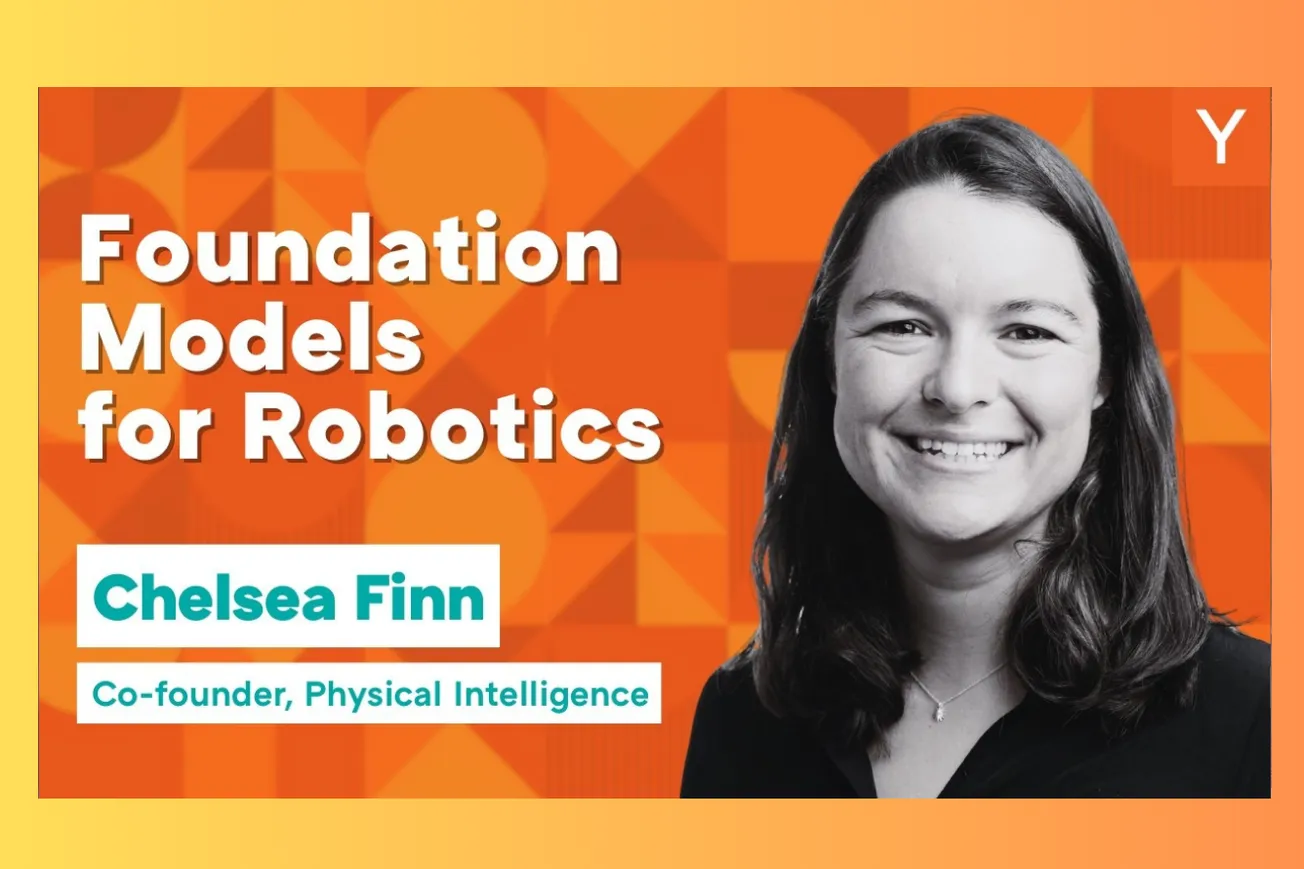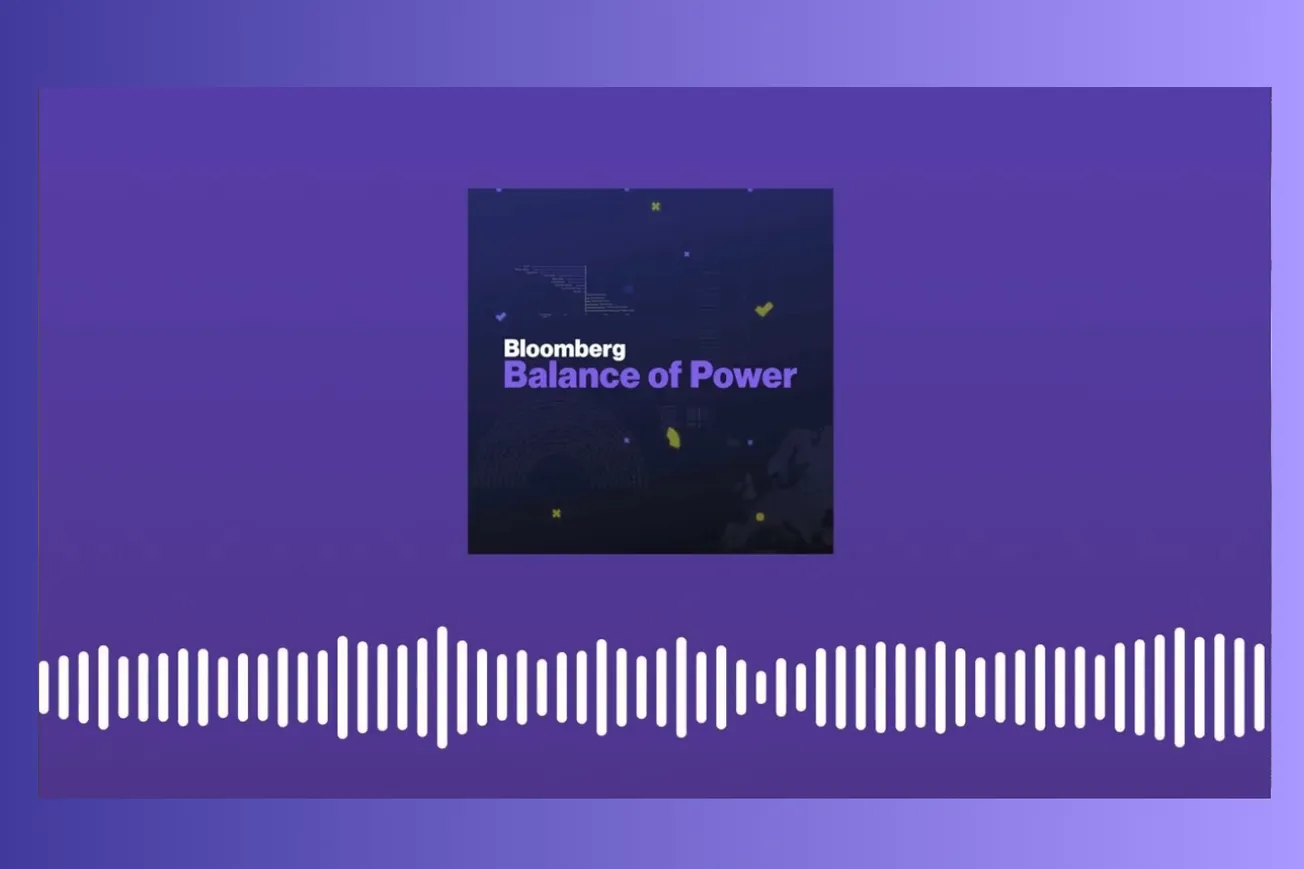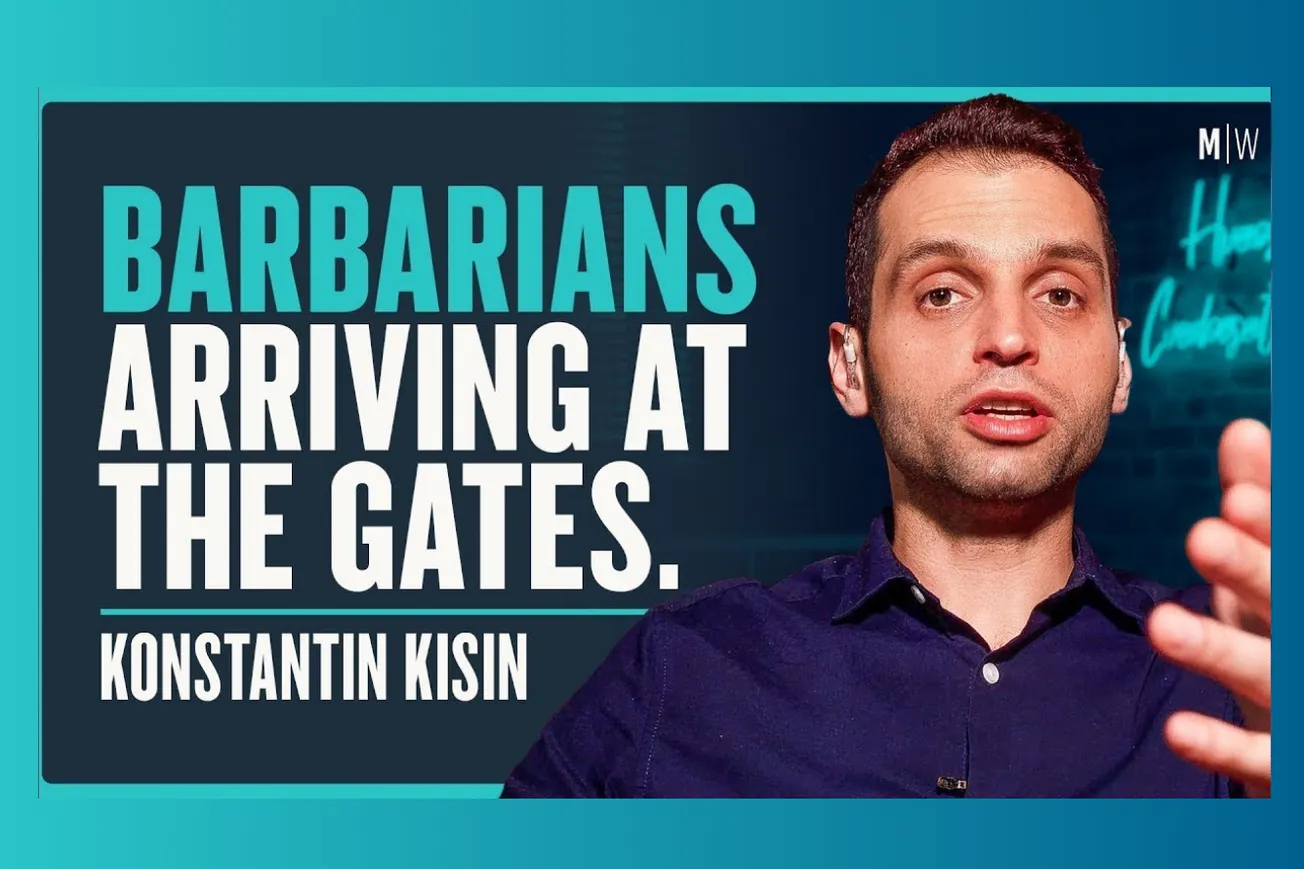Table of Contents
We're witnessing the greatest drama in human history unfold as tech giants pour astronomical sums into AI development, with Meta's $70 billion war chest leading a winner-takes-all battle that will reshape every industry and define humanity's relationship with artificial intelligence.
Key Takeaways
- Elon Musk predicts digital superintelligence (AI smarter than any human at anything) may arrive this year or by end of 2025
- Ilya Sutskever raised $6 billion at a $32 billion valuation with no product, suggesting he claims to know how to build the first safe ASI
- Meta is offering $100 million signing bonuses to poach top AI talent as they desperately try to catch up in the foundation model race
- The "first ASI may be the last ASI" - creating winner-take-all dynamics that will likely trigger government nationalization
- China is building nuclear and solar capacity at unprecedented scale while the US struggles with 10-year regulatory approval processes
- AI companies like Cursor are achieving 500 million ARR in under 3 years, shattering all previous growth records
- Power consumption for AI training will become the primary bottleneck, making energy infrastructure the new critical battleground
The $32 Billion Question: What Did Ilya See at OpenAI?
When Ilya Sutskever left OpenAI and immediately raised $6 billion at a $32 billion valuation for his new company SSI (Safe Superintelligence), it raised a fundamental question: how do you get that kind of valuation without any product or demonstrable technology?
The answer reveals something profound about where we are in the AI race. As Peter Diamandis theorizes, Sutskever likely walked into those investor meetings with Andreessen Horowitz, Sequoia, and other top-tier VCs and made an extraordinary claim: "I know how to build an ASI that will blow away other AI companies. It will be a safe ASI, and because it's the first, it will be the last."
If you believe that's possible - and given Sutskever's track record as one of the key architects behind GPT - then you have no choice as a venture fund but to invest at whatever valuation he demands. The potential returns from the first true ASI would be measured in trillions, making a $32 billion valuation seem conservative.
What's particularly telling is that "the true great neural architect people, the Ilyas, the Miro Maradis, are not intimidated by the progress that's been made at OpenAI, Grok, and Google." Despite the massive advances we've seen, these experts still see clear paths to 10x improvements. The research teams working on breakthroughs are still just 10-15 people, not 10,000 people, and fundamental innovations continue to emerge.
This suggests we're still in the early phases of an exponential curve, not approaching any kind of plateau.
Meta's Desperate $15 Billion Talent War
Meta's aggressive recruitment strategy tells the story of a company that recognizes an existential threat. With $70 billion in cash and a market cap of $1.8 trillion, they're reportedly offering $100 million signing bonuses with no vesting requirements to poach top talent from OpenAI and other competitors.
But here's what makes this fascinating: there's apparently been a "mass exodus of AI talent out of Meta" recently, and their Llama 4 model "really does suck" according to sources in San Francisco. So Meta is essentially trying to buy back the talent they lost, plus acquire new capabilities to catch up in what's become a winner-take-all race.
The desperation is justified. As one analyst puts it: "The biggest threat to Meta is that they fall way behind on AI." In a world where AI capabilities are becoming the primary differentiator for tech companies, falling behind could mean becoming irrelevant within a few years.
Meta's approach mirrors their successful WhatsApp acquisition for $18 billion, which everyone initially thought was insane but proved prescient. Mark Zuckerberg has shown repeatedly that he's willing to pay whatever it takes for strategic assets, and he can act unilaterally and quickly.
The $100 million signing bonuses, while unprecedented outside of professional sports, make economic sense when you consider the stakes. Getting one of the key research talents at this inflection moment could be worth "many billions if not a trillion" in market value.
The First ASI May Be the Last ASI
Perhaps the most sobering insight comes from DeepMind advisor Jeff Clune, who warns about the "first ASI may be the last ASI" scenario. If one organization successfully creates artificial superintelligence, they may have the capability to suppress the development of competing ASI systems worldwide.
This creates an unprecedented concentration of power. As Clune puts it: "That organization, whoever they are, has a decision to make. We just invented, effectively, a god. Do we want to sit around and let those people over there also invent a god?"
The implications for government response are staggering. "If you are the premier or prime minister or head of state of a country and somebody, a company within your borders, creates a superweapon, a superpower, effectively a god, do you nationalize that?"
The natural dynamic is winner-take-all because AI systems become self-improving very quickly. Once you have the first ASI, it can potentially prevent competitors from reaching the same level. This means the AI race isn't just about being first to market - it's about being first to a permanent monopoly position.
The only force that could maintain competition and diversity of AI systems would be regulatory frameworks, not natural market dynamics. This represents a fundamental challenge to how we think about both technological development and economic competition.
The Energy Crisis That Could Limit AI Progress
While everyone focuses on algorithms and talent, the real constraint on AI development may soon become energy. Training advanced AI models requires massive amounts of electricity, and inference at scale will require even more.
This is where China's strategic thinking becomes apparent. While the US has added only two nuclear reactors this century, China aims to surpass US nuclear capacity by 2030. They're building a reactor every 52 months while US licensing alone takes 10-12 years.
Even more dramatically, China is scaling solar at unprecedented rates. By 2030, they'll have the ability to build "an entire US worth of power generation from solar and storage alone every single year." In 2024, China created about 700 gigawatts of solar panels and deployed 250 gigawatts of peak capacity - roughly half of total US energy production capacity.
The math is staggering: there's enough energy hitting Earth in one hour to provide global energy needs for an entire year. If you covered just 0.1% of Earth's surface (about the size of South Dakota) with 20% efficient solar panels, it would generate enough electricity to exceed current global demand.
But here's the challenge for AI: solar is intermittent, and AI training runs 24/7. You can't let expensive AI chips sit idle when it's cloudy. This creates a massive opportunity for whoever solves utility-scale energy storage first - potentially creating the world's first trillionaire.
Government AI Initiatives: Finally Catching Up
The Trump administration's launch of AI.gov represents a recognition that government desperately needs AI transformation. Led by a Tesla engineer named Thomas Shedd, the initiative aims to deploy AI across federal agencies from the GSA to the FAA.
The potential applications are obvious and enormous:
- GSA using AI to optimize procurement and eliminate fraud
- DOT predicting flight delays and infrastructure maintenance needs
- DOE optimizing electrical grid operations
- FAA implementing automated drone traffic management
- FDA accelerating drug approvals and food safety monitoring
The government sector is perfect for AI transformation because most processes are prescriptive and repetitive - exactly what AI excels at. One example: Colorado reduced wind turbine approval times from 2-3 years to 30 seconds by putting approval criteria on a map showing electrical mains, water lines, and flight paths.
Interestingly, the Army has appointed tech executives from Palantir, Meta, and OpenAI as lieutenant colonels to help integrate AI capabilities. While this generated backlash about "rich big tech mavens seeking military leadership roles," it makes perfect sense - you can't expect someone to work their way up through traditional ranks and somehow become expert in cutting-edge AI applications.
AI Applications Reshaping Industries
The pace of AI deployment across industries is accelerating beyond most predictions. Companies building with AI are achieving unprecedented growth rates - the top quartile of GenAI startups are reaching $8.7 million ARR and Series A funding in just 5 months.
But even these impressive numbers pale compared to outliers like Cursor, which hit $500 million ARR in under 3 years - the fastest SaaS growth in history. These companies have fundamentally better economics than previous generations: extremely capital efficient, astronomical margins, and much smaller teams.
The toy industry partnership between Mattel and OpenAI hints at how AI will transform childhood development. Your Barbie doll, Hot Wheels, and other toys will become superintelligent educational companions. This could be transformative for early learning, but also raises concerns about children preferring AI companions over real friends.
Meanwhile, companies like DeepMind continue pushing AI's scientific capabilities. Their algorithm for cyclone prediction averages 140 kilometers closer to actual storm paths than previous methods - the difference between a hurricane hitting Florida versus Georgia. Training on 5,000 cyclones over 45 years, it demonstrates how AI can quickly surpass decades of human research.
The Education Disruption: Are We Creating a Generation That Can't Think?
A concerning MIT study reveals that students using ChatGPT to write papers show a 46% failure rate when asked to recall information from what they just wrote, compared to 11% for students who researched and wrote everything themselves.
This reflects a broader pattern: when AI fills in the blind spots, people don't really understand what they've produced. It's the same phenomenon as people who can't drive anywhere without GPS, even to places they go every day.
But there's a counterargument: if AI allows people to cover 100 times more terrain, maybe retaining every detail is less important than the broader exposure. The question becomes whether society values depth of knowledge or breadth of capability.
The key challenge is teaching critical thinking in an AI-enabled world. Interestingly, 52% of Silicon Valley CEOs are liberal arts majors - suggesting that the ability to think differently and synthesize across domains becomes more valuable, not less, in a technical world.
The Job Displacement Reality Check
Stanford surveyed 1,500 workers and AI experts about which jobs AI will most likely replace. The results are predictable: bookkeepers, payroll clerks, data entry, insurance processors, and tax preparers top the list.
But 69.4% of respondents want AI to help them "focus on high-value work," while 46.6% want it to handle "repetitive junk." This suggests most people welcome AI assistance rather than fear replacement.
The key advice for anyone concerned about AI displacement: become a power user immediately. Don't try to avoid AI or find "AI-proof" careers. Instead, learn to leverage AI tools to become more capable at whatever you're doing.
The most effective approach is conversational AI usage - having extended discussions with ChatGPT or Gemini while driving, exercising, or doing other activities. This creates a continuous learning experience that's both educational and engaging.
Robotics and Autonomous Systems: The Physical AI Revolution
Amazon's testing of humanoid robots for package delivery represents just the beginning of AI's expansion into the physical world. Agility's Digit robot will soon be springing out of autonomous vans to complete the "last 10 meters" of delivery to your doorstep.
Tesla's robotaxi launch in Austin with a $4.20 flat fee (Elon's favorite number) demonstrates how autonomous vehicles are moving from testing to commercial deployment. The economic model is compelling: Tesla owners can send their cars out to earn revenue while they're at work or on vacation, essentially making every Tesla a potential taxi.
The philosophical debate between Tesla's camera-only approach versus Waymo's full sensor suite (LIDAR, radar, cameras) reflects different theories about AI capabilities. Tesla argues that if humans can drive with just eyes, AI should be able to do the same with cameras. Critics point out that LIDAR can see much further ahead and through conditions that challenge cameras.
But protests and violence against autonomous vehicles are emerging. Five Waymo vehicles were torched in downtown LA, echoing the Luddite revolts of 1811-1816 when English textile workers destroyed mechanized looms. History suggests these reactions are temporary, but the transition period will be challenging.
China's Energy Dominance Strategy
The most sobering geopolitical implication involves energy infrastructure competition. China is implementing a 20-30 year vision while the US struggles with 4-year election cycles and quarterly earnings pressure.
China's solar capacity growth is exponential - they went from 100 to 1,000 terawatt hours in 8 years, then from 1,000 to 2,000 in just 3 years. By 2030, China's solar power alone will exceed all sources of electricity combined in the US.
This isn't just about manufacturing - it's about positioning for the AI economy. Whoever controls abundant, cheap energy will dominate AI development. China recognizes this and is building the infrastructure to support massive AI training and deployment.
The US response has been sluggish due to structural problems: regulatory approval processes that take a decade, investment cycles focused on 3-5 year returns, and political systems that can't execute long-term planning.
As one expert puts it: "This is America's Achilles heel. We cannot act on long-term thinking and long-term investing. Our investment cycle is 3, 4, 5 years at the most. Our election cycle is 4 or 8 years. We can't think about 10 years in the future, and it's killing us."
Crypto's Role in the AI Economy
Circle's IPO explosion (from $31 to $300 per share) highlights crypto's emerging role as infrastructure for AI-to-AI transactions. The current AI pricing model of flat monthly subscriptions doesn't work for an economy where AI agents need to conduct millions of microtransactions.
Circle's stablecoin enables seamless micropayments between AI systems, while the traditional Swift banking network is designed for large international transfers, not penny transactions. This solves a fundamental infrastructure problem for the AI economy.
The broader vision involves a three-part system: Bitcoin as a store of value, Circle for transactions, and potentially new stablecoins pegged to real assets like real estate or gold reserves. This would create a complete financial infrastructure for the digital economy.
The Timeline Question: How Close Are We Really?
Elon Musk's prediction that digital superintelligence may arrive "this year or by the end of next year" represents the most aggressive timeline from someone with direct access to cutting-edge development.
His definition is clear: "AI that can do anything better, any intellectual task better than any human." While others offer more conservative 5-year timelines, Musk's proximity to the actual progress suggests his estimate could be accurate.
The key insight is that we're still seeing fundamental algorithmic breakthroughs, not just scaling existing approaches. Teams of 10-15 researchers continue finding 10x improvements, suggesting we're nowhere near the limits of current paradigms.
Whether this timeline proves accurate, we're clearly in the final phase of the race to artificial general intelligence and beyond. The decisions made in the next 12-24 months by companies, governments, and individuals will determine who benefits from the most transformative technology in human history.
The stakes couldn't be higher: we're not just witnessing the development of better software, but potentially the creation of intelligence that surpasses human capabilities across all domains. As the experts warn, the first to achieve this may be the last, making the current competition the most consequential technological race in human history.





